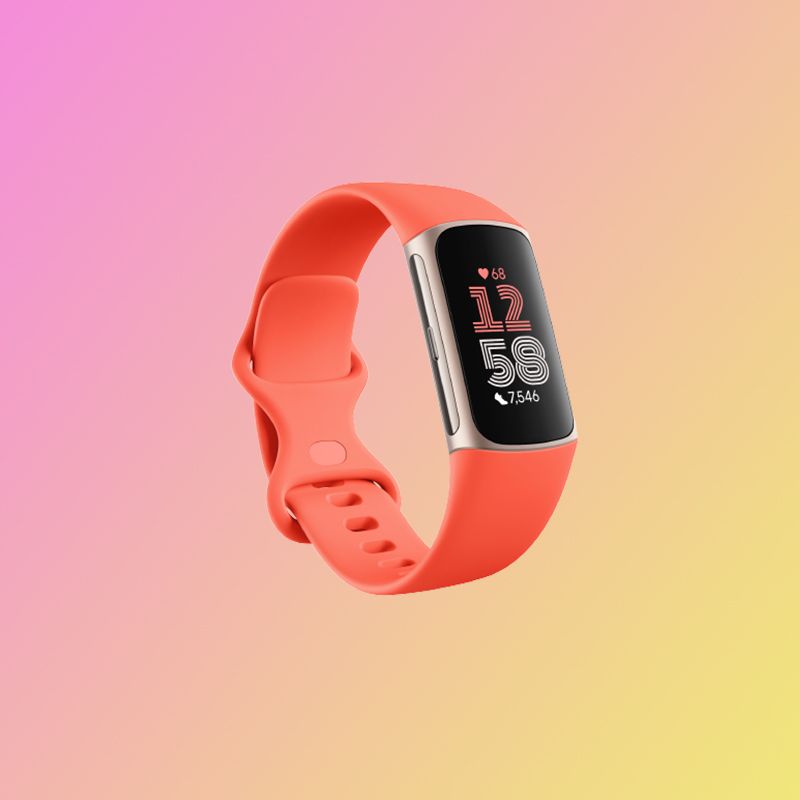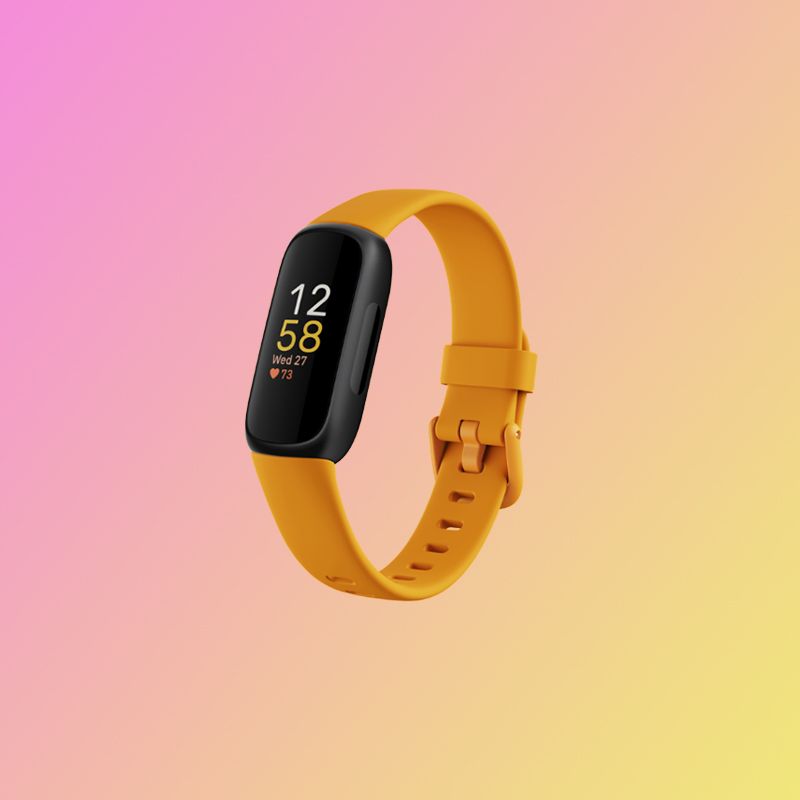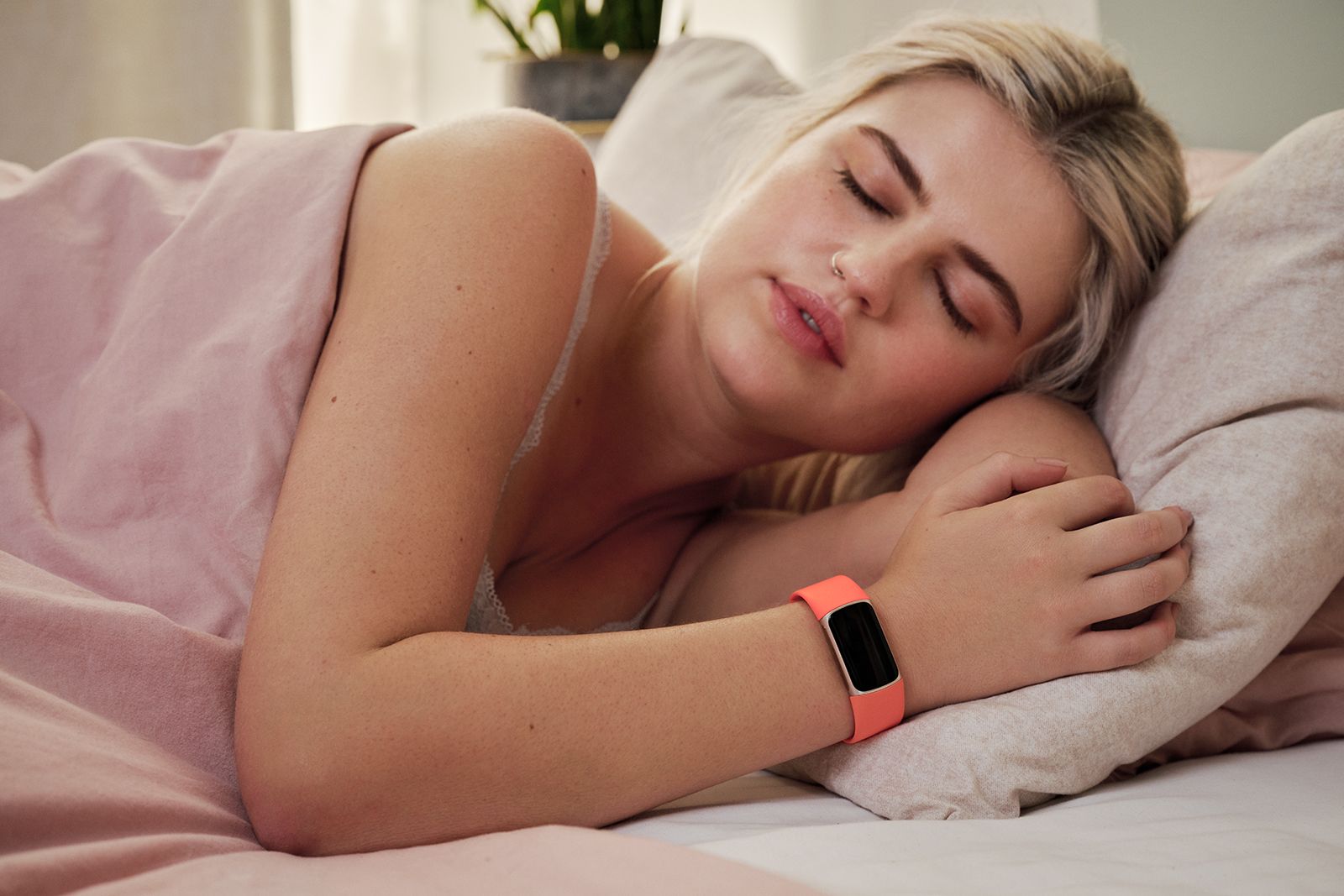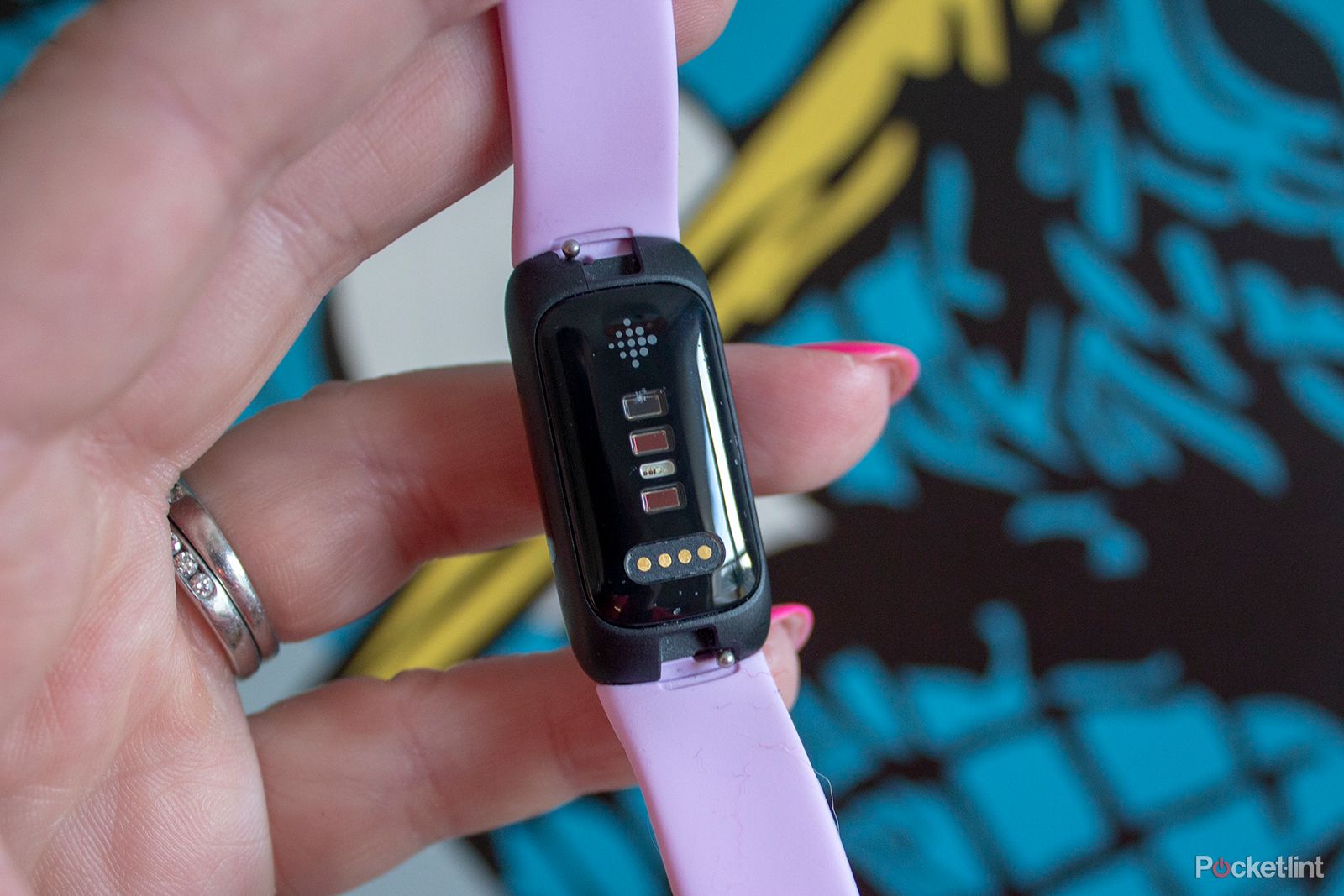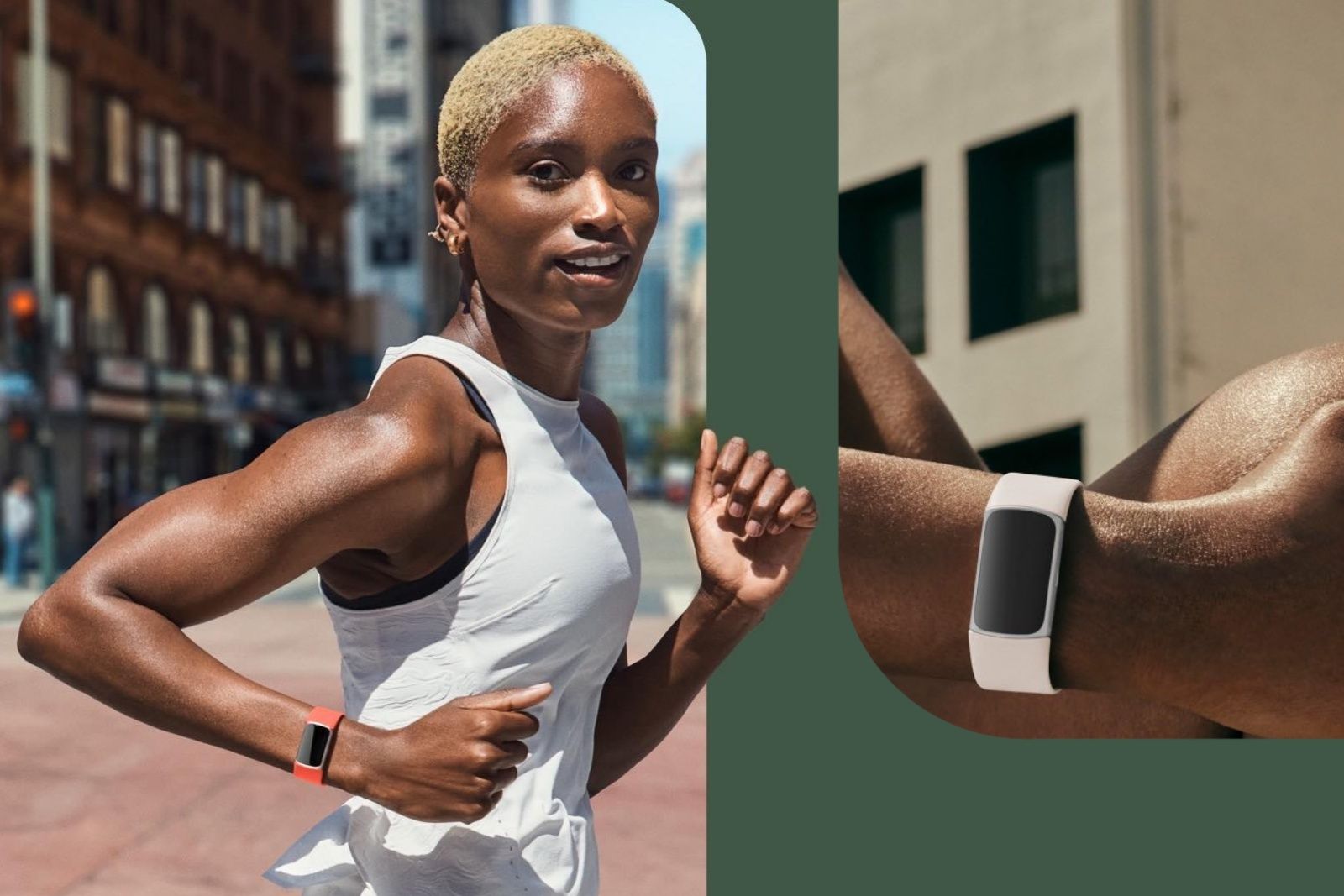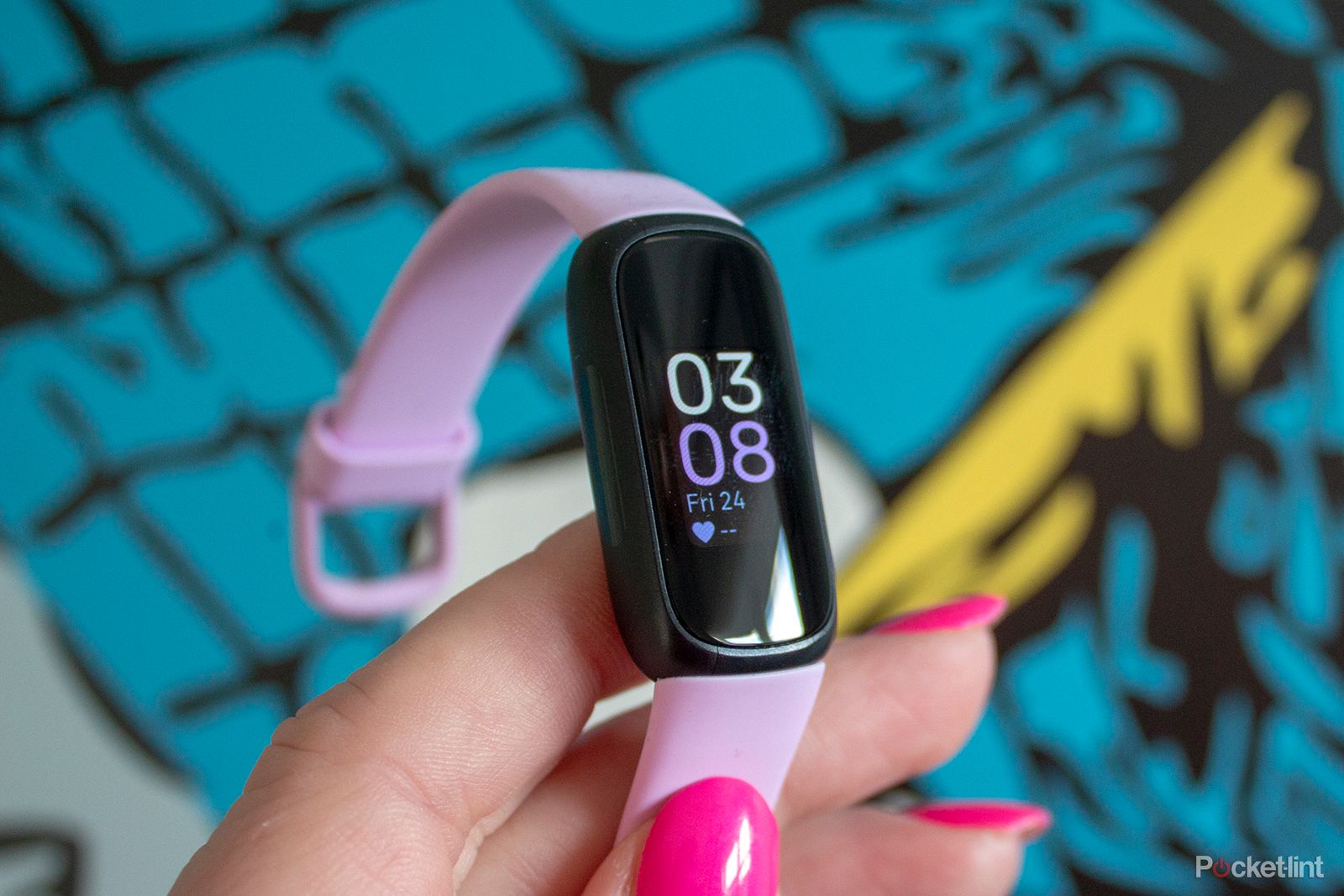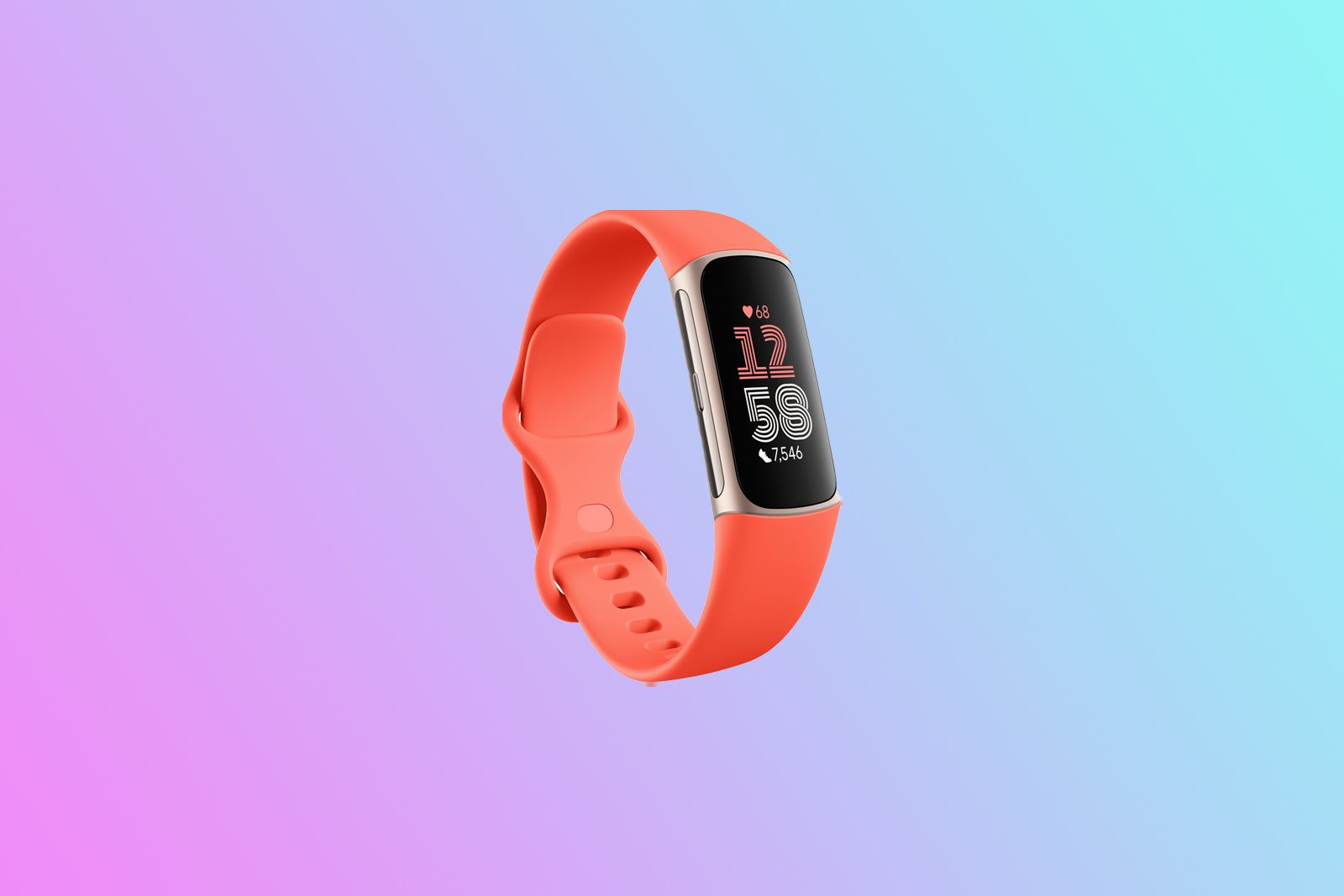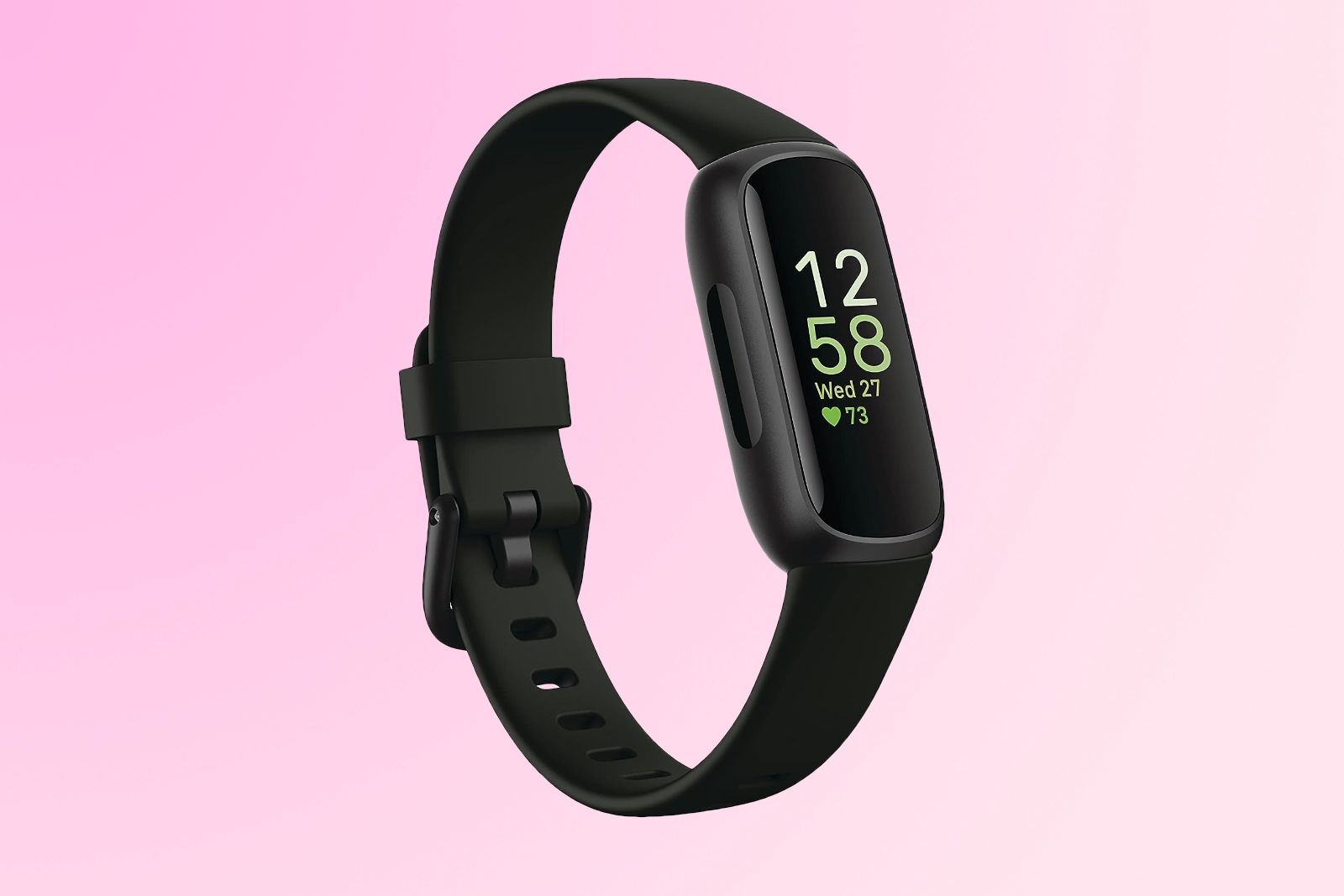- Fitbit/Pocket-lint
Fitbit Charge 6
Our top pickA stylish fitness tracker packed with features
The latest version of the Fitbit Charge adds a new physical side button, upgraded heart rate tracking, and support for Google Maps and YouTube Music. It's packed with sensors to provide a huge amount of data about your health and fitness.
Pros- ECG and EDA sensors
- Physical side button
- YouTube Music controls
Cons- More expensive
- Not the longest battery life
- Fitbit/Pocket-lint
Fitbit Inspire 3
Great valueA good-value entry-level fitness tracker
The Fitbit Inspire 3 is a great entry-level fitness tracker with some features that you'd normally find on more expensive products, such as blood oxygen sensors. It's a very good fitness tracker for the price.
Pros- Great price
- Blood oxygen tracking
- Skin temperature monitoring
Cons- No physical buttons
- Lacks ECG or EDA sensors
- Heart rate tracking not as accurate
One of the key factors in the longevity of fitness wearable company, Fitbit, is it never sits still. As soon as one product launches, there's another one not far behind. Fitbit is constantly refreshing its various lines of fitness trackers and smartwatches to the point where it can be hard to keep up.
When it comes to fitness trackers, the entry-level Fitbit Inspire series and the premium Fitbit Charge series may be at opposite ends of the spectrum, but they still have a lot in common. With an updated version of the Fitbit Charge 6 hitting the shelves, how do the latest iterations of each line hold up? We go head-to-head with the Fitbit Charge 6 vs Inspire 3 to see which you should choose.
Price, availability & specs
The Fitbit Inspire 3 launched in August 2022, at the same time as the Sense 2 and Versa 4 smartwatches. It was originally priced at $99.95/£84.99 and is still available at the same price from Fitbit or on Amazon. It comes in three colours: Midnight Zen/Black, Lilac Bliss/Black, or Morning Glow/Black.
The Fitbit Charge 6 launched over a year later, in September 2023, and is available at $159.96 /£139.99 from Fitbit or at the same price on Amazon. There are three colour options for the Fitbit Charge 6 too, including Obsidian/Black, Porcelain/Silver, and Coral/Champagne Gold. Let's take a look at some of the key specs to see how to the two fitness trackers stack up.
Fitbit Charge 6 Fitbit Inspire 3 Brand Fitbit Fitbit Heart Rate Monitor Yes Yes Notification Support Yes Yes Battery Life 7 days 10 days Display Always-On Colour AMOLED touchscreen Always On AMOLED colour touchscreen Health sensors Heart rate, SpO2, EDA, ECG Heart rate, SpO2 Mobile payments Google Wallet No Exercise modes Activity tracking, sleep tracking, Active Zone Minutes, Cardio Fitness Score, Daily Readiness Score, Stress Management Score Activity tracking, sleep tracking, Active Zone Minutes, Cardio Fitness Score, Daily Readiness Score, Stress Management Score
Design and build
Both the Fitbit Charge 6 and the Fitbit Inspire 3 follow the tried-and-tested design for fitness trackers, with long, thin AMOLED touchscreen displays connected to a silicone band. However, the Fitbit Charge 6 keeps its smooth lines by using a band that's the same width as the case where they meet. The Fitbit Inspire 3 case is wider than the band, so it doesn't look quite as sleek.
The body of the Fitbit Charge 6 is also made from aluminium, which makes it feel more like a premium product than the plastic body of the Inspire 3. Both models use comfortable silicone straps, but the Fitbit Charge 6 uses a sturdier aluminium buckle compared to the plastic buckle on the Inspire 3.
One of the most significant physical differences isn't that noticeable at first glance. On the left-hand side of the Fitbit Charge 6, there's a subtle physical button, which can be used when navigating through the watch so that you don't have to rely entirely on touch. There's no physical button on the Inspire 3, although there are capacitive touch buttons the side of body.
Hardware
The Fitbit Inspire 3 has all of the hardware that you'd expect from an entry-level fitness tracker, including an accelerometer and optical heart rate monitor, but it also includes red and infrared sensors that allow the Inspire 3 to monitor blood oxygen levels.
The Fitbit Charge 6 packs in even more sensors, however, including a device temperature sensor that can be used to measure skin temperature variation, and a range of sensors that power the ECG and EDA Scan apps. The latter can measure your body's stress response based on your heart rate and electrodermal activity, allowing you to track your stress levels from your wrist. The heart rate monitoring on the Fitbit Charge 6 is also up to 60 per cent more accurate during activities such as HIIT or spinning.
Another key component that the Fitbit Charge 6 adds to the mix is on-board GPS. While the Inspire 3 allows you to track your runs or bike rides using your phone's GPS, the Fitbit Charge 6 can track your pace and distance even without your phone.
The Fitbit Charge 6 is also able to transmit heart rate data to compatible fitness equipment. If you're working out on a rowing machine, for example, you can see the live heart rate measured by your Charge 6 on the display of the rowing machine. It's a useful feature if you want to work out in specific heart rate zones.
There's no NFC hardware included in the Fitbit Inspire 3, so it's not possible to use the fitness tracker to make payments. You can do so with the Fitbit Charge 6, however, using Google Wallet.
Features
The Inspire 3 has many of the features that you find on the Charge 6, including the ability to use the blood oxygen sensors to estimate your fitness levels. Both fitness trackers can also give you a Daily Readiness Score, which is insight into whether you're ready for another big workout, or if your body needs a bit more time to recover. You'll need a Fitbit Premium subscription to access this feature, however.
Both fitness trackers offer a range of exercise modes to help you track workouts such as running, cycling, and yoga. The Fitbit Charge 6 has added more than 20 new workouts to its roster, so it remains to be seen if these will make it onto other Fitbit devices via updates.
Neither fitness tracker is able to track how many floors you've climbed, or your elevation when working out. This was possible on the Fitbit Charge 5, but the Fitbit Charge 6 has removed the altimeter.
There are two other useful features of the Fitbit Charge 6 that you don't get with the Inspire 3. When you're on a run, you can use Google Maps to give you turn-by-turn directions for your route. And you can also control YouTube Music from the Fitbit Charge 6, allowing you to play, pause, or skip songs from your wrist.
Battery life
The Fitbit Charge 6 is rated for up to 7 days of battery life. While we've not tested it yet, we found the 7-day battery life rating of the Fitbit Charge 5 to be pretty much on the money.
The Fitbit Inspire 3 is rated for up to 10 days of battery life, and in our hands-on testing, that's exactly what we got. For both fitness trackers, the battery life will be reduced if you use the always-on display and blood oxygen tracking and you can charge both models from empty to 100 per cent in two hours.
Fitbit Charge 6 vs Inspire 3: Which should you choose?
If you're buying a fitness tracker, it's highly likely that you're doing so because, well, you want to track your fitness. The Fitbit Charge 6 offers even more fitness tracking capabilities than the Inspire 3 can, including an ECG app to monitor your heart health, and an EDA Scan app to track your stress. Other features such as a physical button, Google Wallet, and YouTube Music control make the Fitbit Charge 6 our top pick.
The Fitbit Inspire 3 is a great entry-level fitness tracker if you're not looking to track a huge range of metrics and just want something that can count your steps or track your workouts. The addition of blood oxygen monitoring is also a nice touch on a budget fitness tracker, meaning that the Fitbit Inspire 3 is a great value choice.

